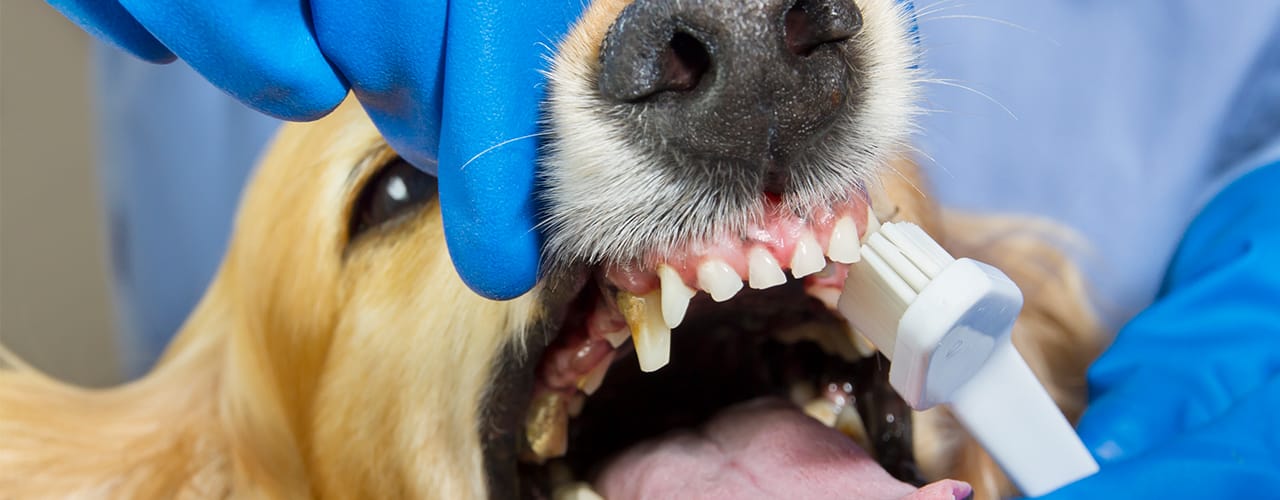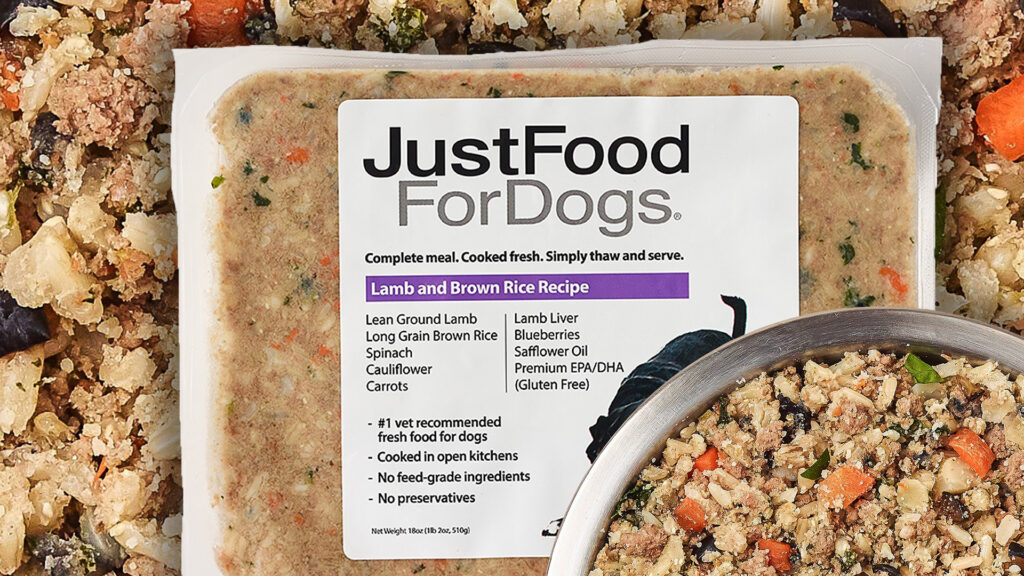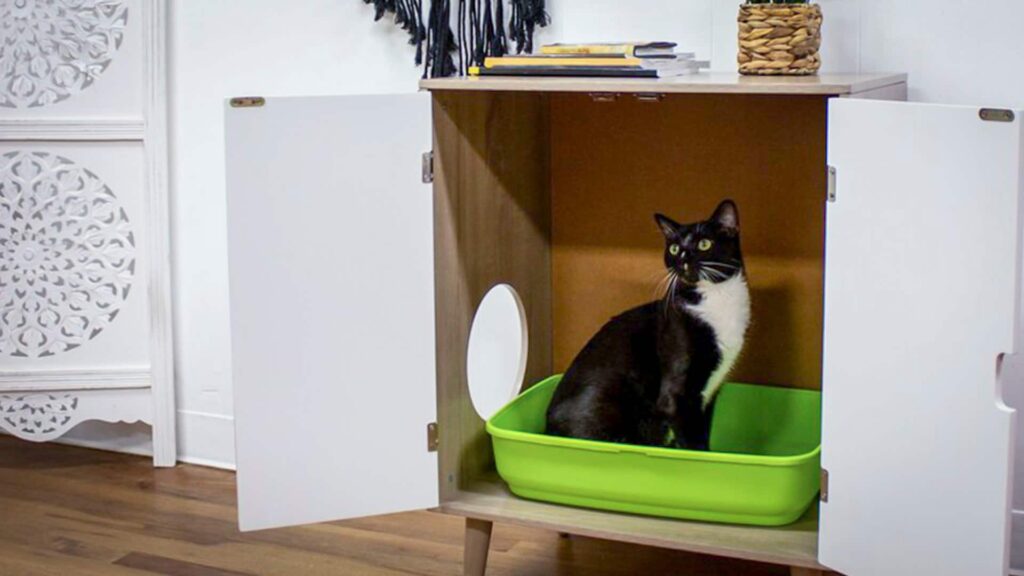Advertiser Disclosure: At Slickdeals, we work hard to find the best deals. Some products in our articles are from partners who may provide us with compensation, but this doesn’t change our opinions. Our editors strive to ensure that the information in this article is accurate as of the date published, but please keep in mind that offers can change. We encourage you to verify all terms and conditions of any product before you apply.
Reading Time: 8 minutesAs we all know, accidents happen. Even if your pet is healthy, it could get injured or come down with a serious illness that needs immediate attention, which could rack up a costly vet bill. If you have more than one pet, vet bills can add up quickly.
Rather than paying for all your pet’s veterinary needs out of pocket, you may want to consider pet insurance. Don’t know much about pet insurance? Here’s our guide on how to choose the right pet insurance for your dog or cat.
What does pet insurance cover?
There are three common categories of pet insurance coverage: accident-only, accidents and illnesses, and wellness. Each category covers different health needs.
- Accident-only insurance covers physical accidents such as broken bones, poisoning, cuts, surgery, and swallowing foreign objects.
- Accident and illness insurance covers all the above plus cancer, asthma, allergies, hospitalization, and treatment.
- Wellness plans cover routine care such as labs, exams, vaccinations, spay and neutering.
It’s important to note that not all insurance plans cover routine vet care. Some companies offer this as an add-on to your accident-only or accident and illness plans.
Dr. Linda Simon, veterinary surgeon and consultant for Five Banks, says that most policies require you to pay between $50 and $250 for each claim and some also have a co-payment. “This can be, for example, 10% or 20% of the total bill,” Simon says. “Not all insurance policies are the same and you tend to get what you pay for. ”
Dr. Simon says to ideally choose a policy that would pay out at least $5,000 a year per condition. This amount should cover the cost of most illnesses and injuries such as a leg fracture or episode of pancreatitis.
What is usually not covered in pet insurance policies?
Of course, pet insurance plans don’t cover every health need for every dog.
Some common exclusions in pet insurance policies can include:
- Pre-existing conditions: Most insurance companies won’t cover any pre-existing conditions, so it’s important to get insurance when your pet is young and healthy. The older your pet is, the more likely insurers will see them as having some type of pre-existing condition. That may make pet insurance not worthwhile, especially if treating that condition is an ongoing concern.
- Older dogs: Some plans may have an age limit maximum and exclude coverage for pets over a certain age, while other policies make insuring an older dog more expensive.
- Some preventative procedures: Some insurance plans do not include coverage for preventative care such as vaccinations, parasite control, spaying/neutering and anal gland expressions.
It’s also important to note that some insurance companies require that owners stay updated on routine care in order for your coverage to apply. Read the fine print so you know exactly what will and will not be covered.
How does pet insurance work?
Not sure how pet insurance works? It’s similar to other types of health insurance:
- You pay your premiums: Every month, you pay a monthly premium to your coverage provider. Your policy will outline what is and is not covered, what the reimbursement rate is, your deductible, and the maximum payout, also known as the annual limit.
- Meet your deductible: After you meet your deductible, you’ll be eligible for reimbursement for future bills.
- Pay for vet care upfront and file a claim for reimbursement: The reimbursement process for pet insurance is typically as follows:
- Pay the vet bill at your visit. Get a receipt in case your provider requires one.
- Submit a claim to your insurance company.
- Get reimbursed depending on your plan’s coverage.
How do I choose a pet insurance plan?

Credit: iStock
Choosing a pet insurance plan can be intimidating, but it’s worth keeping your dog healthy. Here are some simple steps to follow while shopping for a plan.
- Determine how much coverage you need: Do you need accident-only, accident and illness, or a wellness plan? If you have a new puppy or a breed prone to health issues, it’s a good idea to opt for comprehensive coverage.
- Know how deductibles work. Like regular insurance, there are caps on the amount that is paid out for certain procedures based on your deductible. A lower deductible will typically mean higher premiums (but a higher reimbursement). A higher deductible means you pay a lower premium but have a lower reimbursement. Find a plan that fits within your ability to pay for upfront premiums as well as out-of-pocket costs.
- Check your policy eligibility and requirements: Before you waste your time applying for insurance you don’t qualify for, check the plan’s requirements and eligibility first. Pay close attention to any age restrictions and pre-existing conditions that apply to your pet but aren’t covered in the policy.
- Read the exclusions. Every insurance policy has different exclusions on coverage. Some may cover congenital and hereditary conditions, while others will require an extra cost for breed-specific conditions. Depending on the breed of dog you have, explore different pet insurance providers to make sure they provide coverage for your specific breed’s health issues.
- Compare plans: This may be the most time-consuming part of getting insurance, but it’s worth it. Start by comparing what different plans offer ands how much each pet insurance plan will cost. What are the premiums and deductibles compared to what is covered?
- Look at reviews: Search for honest reviews from real customers. Ask your friends and family for any recommendations on pet insurance providers. Are they satisfied with their pet insurance? Do they find it expensive? Are there coverage limits and restrictions?
Top Pet Insurance Plans in the United States
We know there are countless options for pet insurance across the nation, but here are some popular pet insurers to help you get started:
- ASPCA — Covers exam fees for eligible hereditary and congenital conditions. Does not require updated vaccinations.
- Pet Assure — Includes dental cleanings and routine care.
- Figo — No cap on claim payments by condition type. No lifetime maximums. May cover curable pre-existing conditions.
- Embrace — Less invasive treatments and rehabilitation included at no extra cost. Pets are covered at any emergency vet clinic. If the condition is covered, the medication for that condition is also covered.
- Healthy Paws — Offers no maximum for annual or lifetime payouts and claims processed in as little as 2 days.
- Lemonade — Claims approved within minutes thanks to AI technology. Offers bundle, multi-pet, and annual discounts.
- Nationwide — Coverage for dogs, cats, birds, and exotic pets. Offers broad coverage.
- Spot — Customize your annual limits, deductibles, and reimbursements. Covers dietary supplements.
- Pets Best — No upper age limits on accident and illness plans.
- Pumpkin — All pets receive 90% cashback on covered bills. No breed or age restrictions. No routine care requirements or waiting period.
- Trupanion — Covers all unexpected injuries and illnesses. No payout limits. Offers pet owner assistance program at an additional cost.
This is only a sample of the credible pet insurance companies out there. Check out various insurers and compare their rates and policies to find the one that works for you.
Should I purchase pet dental insurance?

Credit: iStock
Is dog dental insurance worth it? Much like humans are encouraged to get regular teeth cleanings every six months, animals should also get regular dental cleanings to prevent oral health issues such as decay, gum disease, periodontal disease, gingivitis, and more. Having dental insurance for your pet can also help you potentially save thousands of dollars when your pet needs an emergency visit to the vet or a dental specialist for oral injuries or oral surgeries.
Dental cleanings are a preventative measure, and some pet insurance plans include them in their package. Make sure you double check your plan to see if dental care is covered.
Who should get pet insurance?
You might be wondering if pet insurance is worth it for your dog or cat. The truth is, it depends on your pet’s relative health and your willingness to pay for the full cost of vet care when there is an unexpected emergency.
If you have a relatively healthy pet and can afford pet insurance premiums, pet insurance is an investment that is worth it. Having pet insurance helps you avoid costly medical bills that can be draining on one’s finances.
Pets need vaccinations, spaying/neutering, preventative medications, microchipping, and regular check-ups at the very least. These are the expected costs. Special needs or older animals need extra care, and not to mention, accidents can lead to unexpectedly huge costs for emergency vet care.
When is the best time to get pet insurance?

Credit: Unsplash
When it comes to enrolling in pet insurance, the sooner the better.
If you enroll your pet at a young age, you’re likely to get more value from your plan over your pet’s lifespan as there won’t be any excluded pre-existing conditions. The premiums will also likely be cheaper and you’ll save more money over the years.
Is pet insurance worth it if a dog has pre-existing conditions?
Although most pet insurance policies do not cover pre-existing health conditions, that doesn’t prevent you from having coverage. Pet insurance is still worth it for pets with pre-existing conditions because it can help cover costs for other qualifying conditions and care, which can help to reduce the overall medical costs for your pet.
Starting pet insurance is more of an investment than continuing an existing plan, so it’s important to start early and stick with the plan. Anything predating a switch in insurance is considered a pre-existing condition and will likely not be covered by your new insurance company.
Is it worth insuring an old dog?

Credit: Unsplash
If you are insuring a senior dog, expect higher premiums. And if they have pre-existing conditions, treatment for those conditions won’t be covered either. This doesn’t necessarily mean you shouldn’t insure an older pet, though. Any new injuries and illnesses your older animal gets will usually be covered by insurance. If you opt for a plan that covers routine care, that will also be covered no matter what age your animal.
When does pet health insurance not make sense?
There are situations where it might not make sense to have pet insurance for your dog or cat.
If you wait to get pet insurance after your animal has serious health problems such as cancer, dental disease or hip dysplasia, it’s likely your pet’s pre-existing conditions disqualify them from receiving coverage for those specific issues. Instead, you would only be insured for new issues that arise. If this is the case, paying the premiums for pet insurance won’t give you any benefits at this time.
If you have an animal that is near the end of its life, pet insurance might not make sense either, as you won’t be getting much value out of paying the insurance premiums.
Is it better to save money for vet expenses instead of paying for insurance?

Credit: iStock
Some pet owners opt to save money on their own for their pet’s health needs, but that’s not necessarily recommended.
Even if you put some money aside each month to fund any unexpected injuries or illnesses, it will take some time to build a considerable amount of money to cover any large bills you might receive. When your account is still growing, it may be difficult to afford vet bills. Even when you have a large sum in your account, a serious injury or illness requiring X-rays, surgery, and a hospital visit will likely drain your account quickly.
Finding the Right Pet Insurance
As you can see, pet insurance can be extremely beneficial in keeping your dogs and cats healthy, and making medical care easier on your wallet. It’s just a matter of finding the right plan for the right price.

















